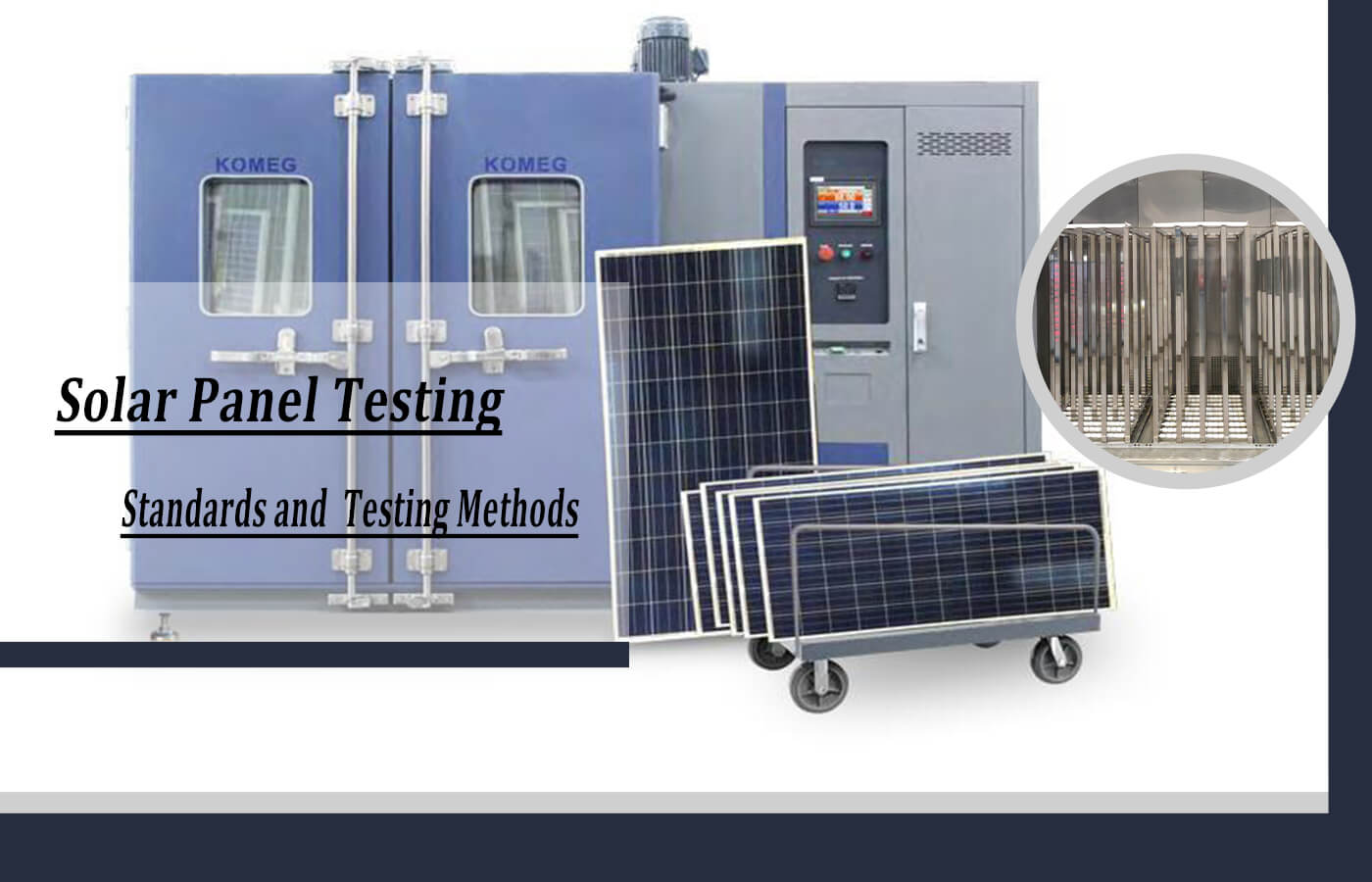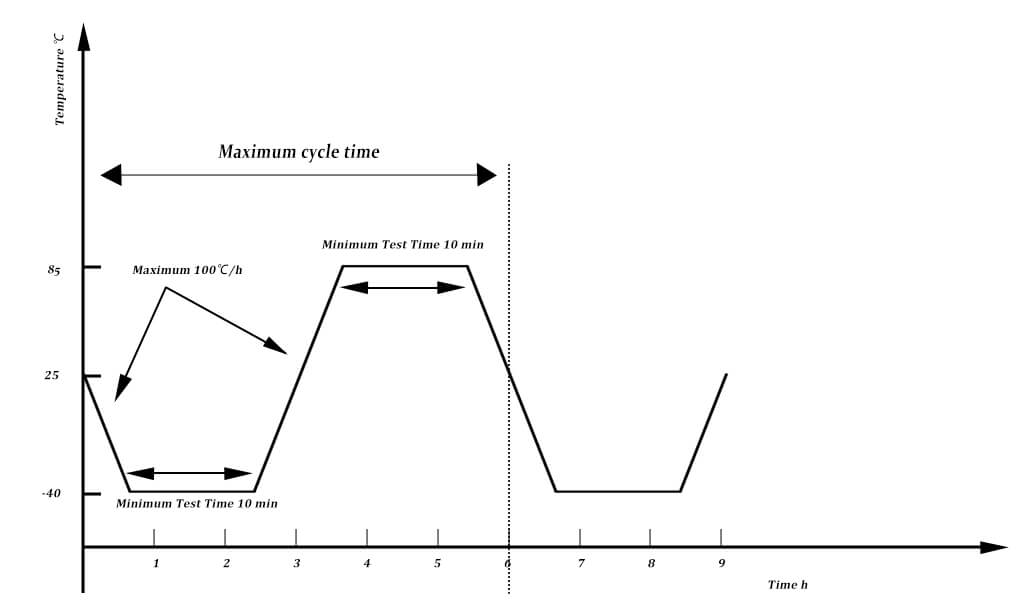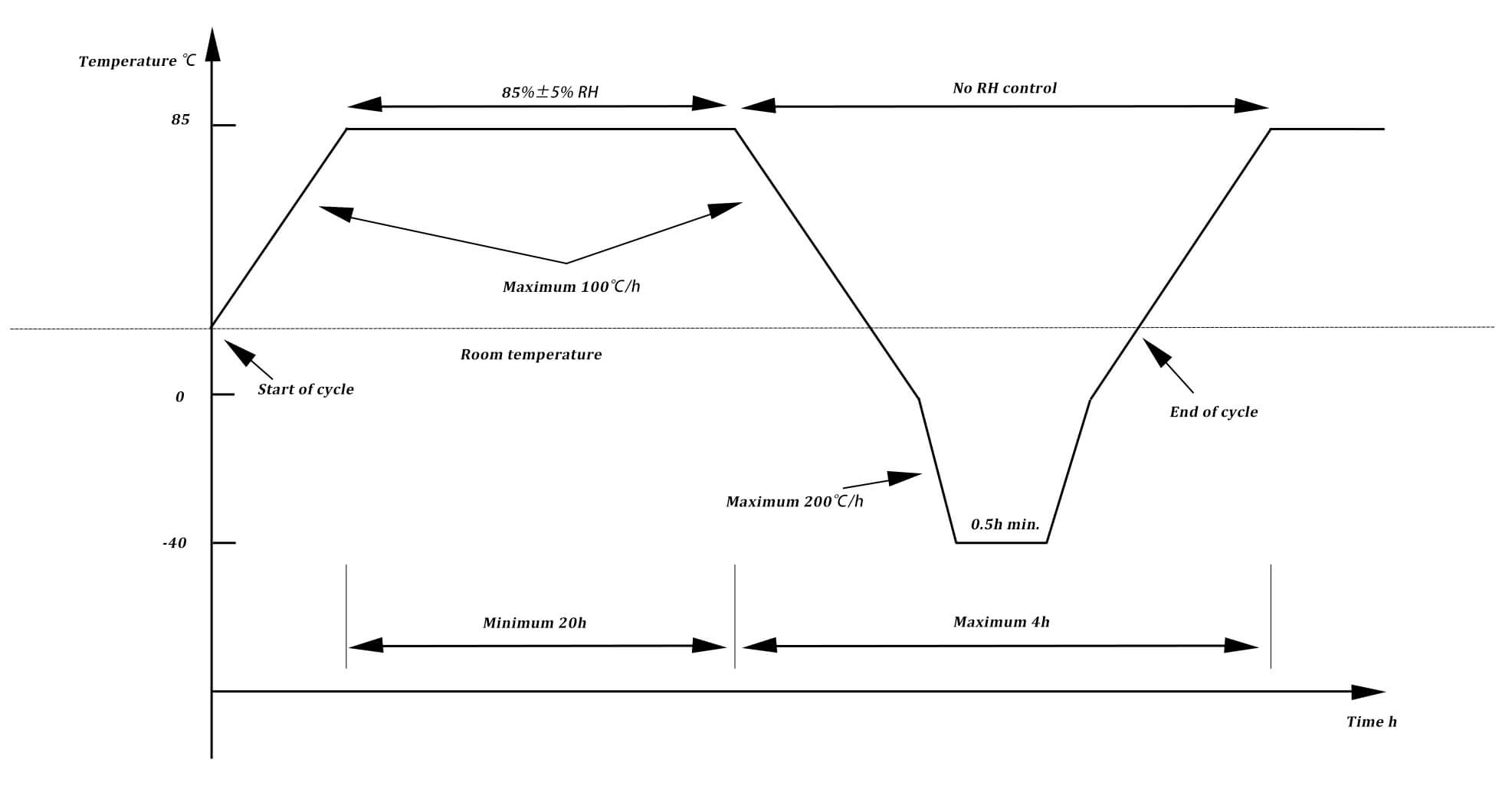Solar Photovoltaic
2023 was the hottest year on record, and many countries experienced extreme weather during the year. Faced with such climate change, countries have been transforming their energy sources and supporting the development of new energy industries. Among them, solar PV and electric vehicles (EVs) are leading the development of the new energy economy, bringing hope to the development of the global new energy economy and the response to climate change. The IEA stated in the “World Energy Outlook 2023” that “Renewables are set to contribute 80% of new power capacity to 2030 in the STEPS, with solar PV alone accounting for more than half.” It can be seen that solar photovoltaics are an important part of the development of the new energy economy.
Solar photovoltaic modules, also known as solar panels, are the core part of solar power generation systems, and their function is to convert solar energy into electrical energy. Photovoltaic technology, as an effective way to reduce carbon emissions and fossil fuel dependence, has received policy support from governments of various countries. A series of subsidy measures are driving technological innovation and the expansion of the application areas of the photovoltaic industry. At present, photovoltaic technology has been widely used in various fields, including household appliances, transportation, lighting, communications, petroleum, ocean, meteorology, power stations, construction, automobiles, satellites, aviation, etc. With the expansion of the photovoltaic market and the development of globalization, the market standards for solar photovoltaic products are becoming more and more standardized, and various countries have formulated corresponding standard requirements.
Solar Panel Test Standards
At present, the main international photovoltaic testing standards are IEC standards and UL standards. The following are some commonly used solar panel testing standards:
● IEC 61215 (Standard for crystalline silicon terrestrial PV modules)
● IEC 61646 (Standard for thin-film PV modules)
● IEC 61701 (Salt mist corrosion testing)
● IEC 61730 (Standard for PV module safety)
● IEC 62716 (Ammonia corrosion testing of photovoltaic (PV) modules)
● IEC 60068-2-68 (Blowing sand resistance testing)
● UL 1703 (Standard for flat-plate photovoltaic modules and panels)
● UL 61730 (Photovoltaic module safety qualification)
…
Solar Panel Test Chamber
KOMEG sells various types of temperature and humidity test chambers that can meet the requirements of solar photovoltaic product testing standards. The following are the tests that our environmental chambers can meet:
Thermal cycling test
Thermal cycling tests are used to test the ability of solar PV modules to withstand repeated changes in temperature.
Step 1: Lower the temperature from room temperature to -40℃, and the temperature change rate shall not exceed 100℃/h.
Step 2: Stay at -40℃ for at least 10 minutes.
Step 3: Increase the temperature to 85℃, and the temperature change rate shall not exceed 100℃/h.
Step 4: Stay at 85℃ for at least 10 minutes.
Step 5: Return to room temperature, and a cycle is over (one cycle time shall not exceed 6h).
Step 6: Return to step 1 and start a new cycle (50 or 200 cycles).
Humidity freeze test
The humidity-freeze test is used to test the ability of solar photovoltaic modules to withstand the influence of high temperature, high humidity and sub-zero temperature.
Step 1: Raise the temperature from room temperature to 85°C and set the humidity to 85%, with a temperature change rate of no more than 100°C/h.
Step 2: Stay at 85°C and 85% for at least 20 hours.
Step 3: Turn off humidity control, cool down to 0°C, with a temperature change rate of no more than 100°C/h.
Step 4: Cool down to -40°C with a temperature change rate of no more than 200°C/h.
Step 5: Stay at -40°C for at least 0.5 hours.
Step 6: Raise the temperature to 0°C with a temperature change rate of no more than 200°C/h.
Step 7: Continue to raise the temperature to room temperature with a temperature change rate of no more than 100°C/h, and a cycle ends.
Step 8: Return to step 1 and start a new cycle. Repeat 10 times.
(Step 3 to step 8 do not exceed 4 hours)
Damp heat test
The damp heat test is to test the ability of solar photovoltaic modules to withstand long-term moisture penetration. The test is carried out under the following conditions:
● Test temperature: 85℃
● Relative humidity: 85%
● Test time: 1000h
How to choose a solar panel test chamber?
It takes a long time to complete the above tests. If you want to save testing time, you can consider purchasing multiple environmental chambers or purchasing environmental chambers with faster temperature change rates (no more than 100°C/h). However, the faster the temperature change rate, the higher the price. If the budget is limited, it is recommended to choose a climatic test chamber with a lower temperature change rate.
The following information needs to be provided when purchasing a solar panel test chamber:
1.Sample size and quantity.
2.Inner size requirements of the environmental chamber.
3.Temperature change rate (selected based on budget).



